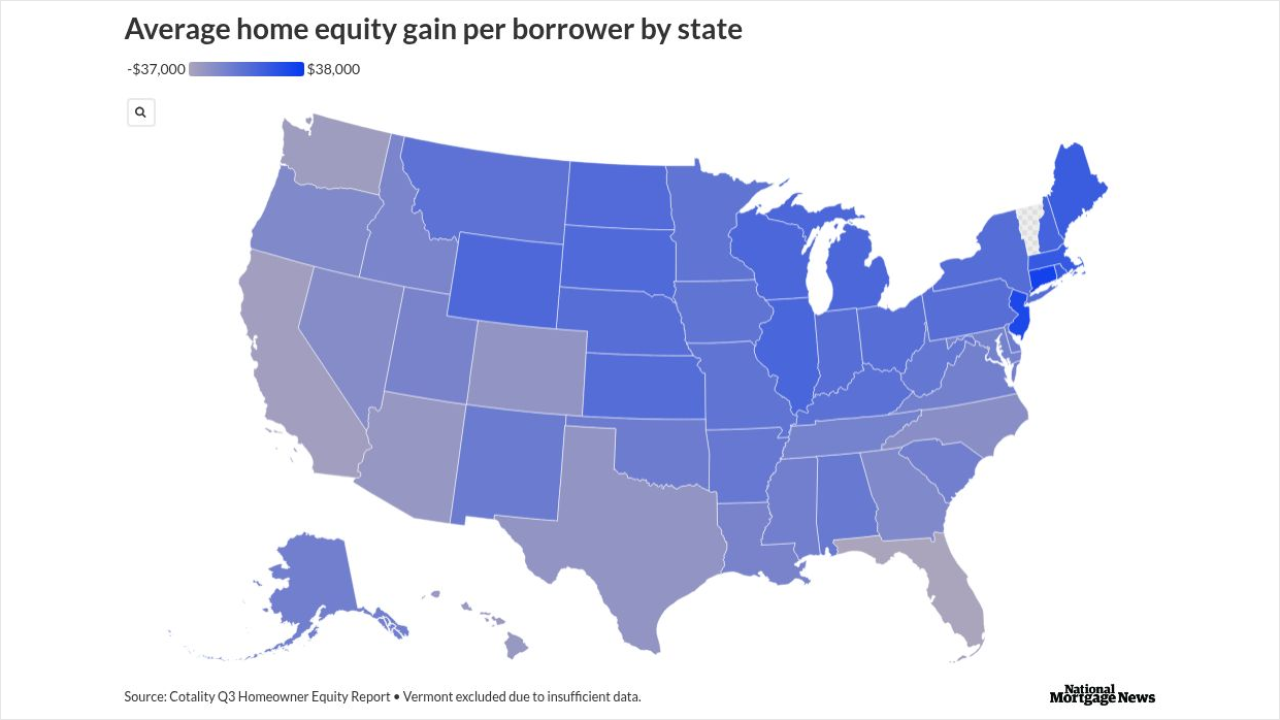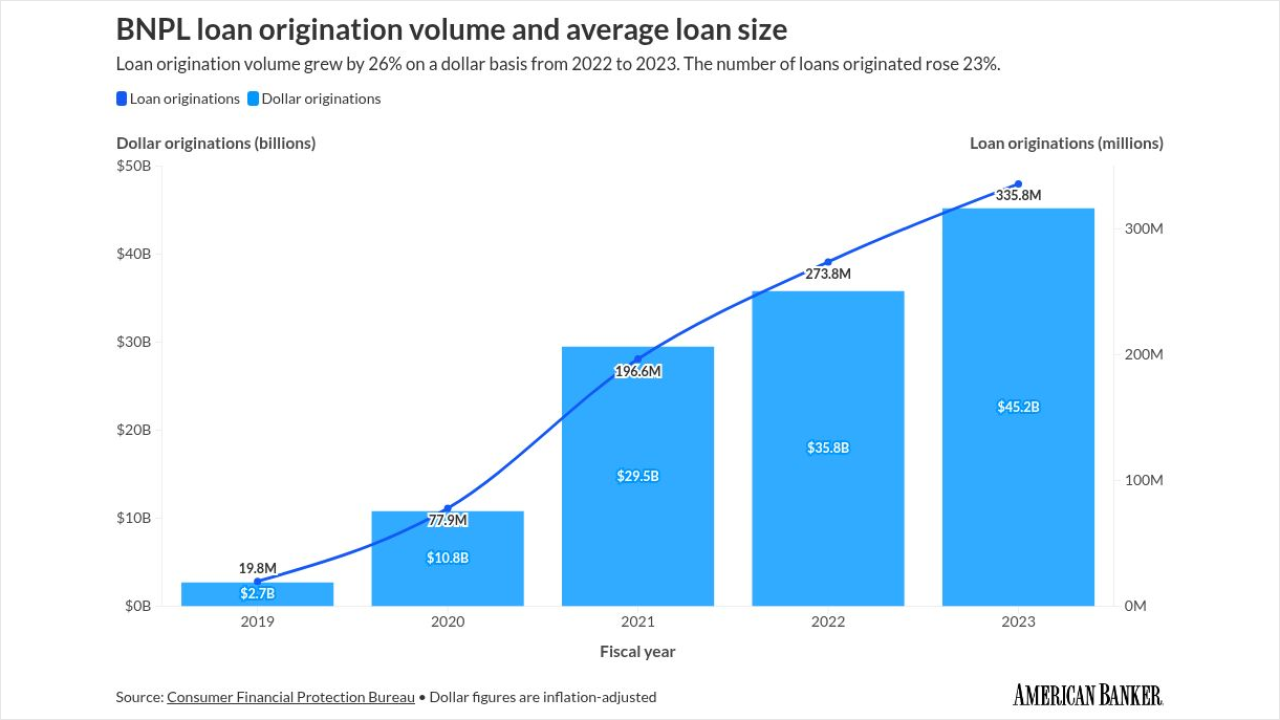(Bloomberg) -- Elevated trading volume across the Treasury market on the last day of the month is even more disproportionate than previously understood, according to new research by the Federal Reserve Bank of New York.
Over the past two years, volume in the $30 trillion US government bond market was about 58% higher than average on the last trading day of the month, the New York Fed found.
The reason is well-understood: bond indexes are rebalanced on that day to add eligible securities created during the month and remove ones that no longer fit the criteria. That drives trading by exchange-traded and other index funds, whose combined assets continue to mount.
A narrower study last year found month-end volume in the world's biggest bond market was about 46% higher than average, "likely due to passive investment funds' turn-of-month portfolio rebalancing," New York Fed researchers Michael Fleming, Jonathan Palash-Mizner, and Or Shachar wrote in a post Thursday on the bank's Liberty Street Economics blog.
The bigger numbers in this year's broader study "are important for market participants managing trade execution strategies and for policymakers monitoring market functioning and liquidity provision," they wrote.
In the Treasuries market, where seven notes and bonds of varying maturities — including, for example, 10-year notes — are sold monthly via an auction, the new securities become part of the index when it is rebalanced. At the same time, anything in the index that has lost eligibility during the month — typically because the amount of time remaining to maturity falls below one year — is removed.
A Treasury market index maintained by Bloomberg LP, the parent of Bloomberg News, is normally rebalanced at 4 p.m. New York time on the last trading day of the month. The most recent rebalancing on Sept. 30 saw four securities added to the index and four removed.
Because ETFs and other index funds aim to match the performance of their benchmarks, they make changes concurrently with, or in close proximity to, the rebalancing that drive trading volume.
According to Bloomberg calculations, the seven Treasury note and bond ETFs with at least $20 billion of assets hold a combined $218 billion. That represents nearly 11% of the $20.5 trillion of nominal Treasury notes and bonds outstanding. As recently as 2022, the comparable figure was less than 7%. Passive investing by ETFs and mutual funds accounts for about 38% of bond fund assets, up from about 32% five years ago, and has increased every year since at least 2014, according to Bloomberg Intelligence data.
The New York Fed's findings were based on data captured by the Financial Industry Regulatory Authority's TRACE system, and includes trading between dealers and their trades with customers in all types of Treasuries. Last year's study was limited to inter-dealer trading in just the most recently issued notes and bonds of each maturity.
Trading with customers showed a bigger month-end surge (73% higher than average) than inter-dealer trading (46%), the researchers found.
Daily trading across the Treasuries market rose to a record in 2024, data from research firm Crisil Coalition Greenwich released earlier this year showed. The growth primarily came from a pickup in asset-manager activity.
--With assistance from Emily Graffeo.
More stories like this are available on bloomberg.com






